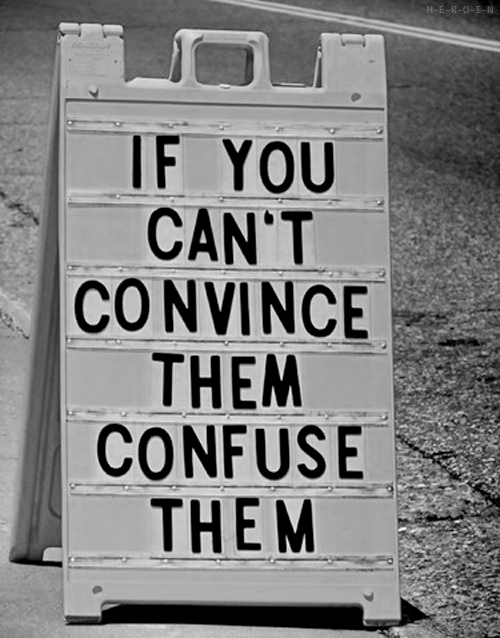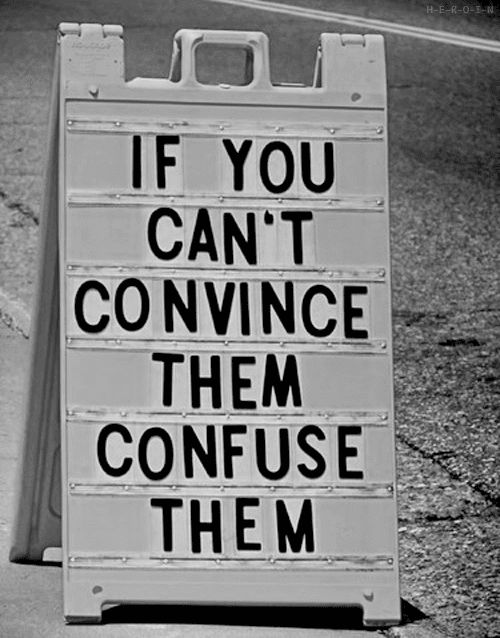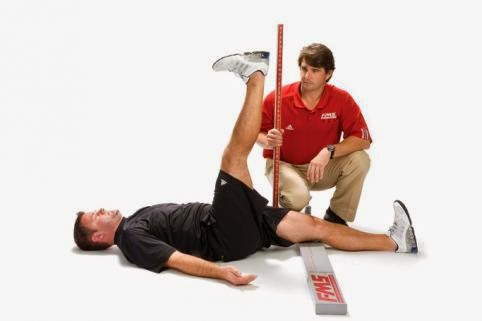
Self-Testing
As a teacher, I’m big into simplicity. The ability to apply concepts has always proved more practical than skill at memorizing. My tests are designed to make students think. Explanation is praised, not “correctness” based on someone else’s set of standards. Google freely doles out information. Humans must decipher whether they buy it or not.
 |
| photo credit: static4.quoteswave.com |
When it comes to exercise and training protocols, most folks start out as a seeker or a skeptic. They either believe anything can work or nothing can change their mind. The open-minded ones keep evolving. They trust the possibility of ideas. Those entrenched in a single mindset spend most of their time barricading their systems by berating other methods. They trust the science that proves them right.
1. Can you perform the movement without pain?
2. Can you perform the movement with full range of motion?
Yes, strength and speed concerns come AFTER being able to get the movement right. Getting better at a piece doesn’t improve the whole unless the whole is capable first. In the era of instatube one-upmanship and televised combine testing, this idea is a hard sell.
 |
| photo credit: campusrec.uci.edu |
Some curious, observant folks came by and thought it looked more like a trunk-flexion assessment, rewarding those who could round their back with greater scores. To remedy the false positives, they changed the orientation of the body.
 |
| photo credit: functionalmovement.com |
By removing unwanted variables, they increased validation of the test. The pelvis and core musculature were found to be the culprit. In examining individual leg raises, they were also able to check for uniformity. There was an increase in both accuracy and usefulness based on execution.
If you’re not seeing the results you want, are you looking at too many variables? Can you break the movement down into it’s individual parts and focus only on the parts that show restriction?
That ankle tightness when you squat probably means you should work on some ankle mobility. The body tells you where to look. Pay attention!
The most generous gift self-testing gives is the permission to find your own measure of success. Forget the numbers and the reps and the competition. Trust the way things feel, and that you have the wherewithal to get things right. You’ll know right away if you’re getting things wrong. Pain graciously reminds you if you’re slow to react. No coach’s feedback can be as precise as what you feel. Grant yourself the ability to adjust.
Curiosity becomes creativity if there’s a willingness to try. Develop your own theories and evaluate their effectiveness. You’ll learn much more from your own experiments than you’ll ever gain from strictly observing someone else’s practice.



